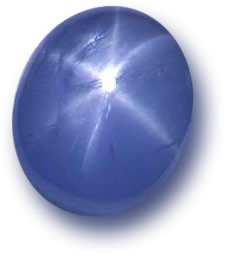Anaerobic waters can be either salt or fresh that are
suffering from a depletion of oxygen. An
example of a salt water body that suffers from depleted oxygen is the Black
Sea . The lower levels of
this sea cannot support life except for some anaerobic bacteria, a form of
bacteria that doesn’t need oxygen to support its life functions.
Generally, the bottom of anorexic waters have a depleted
oxygen level, and an elevated level of hydrogen sulfide that is generated by
the decay of organic matter that settles to the bottom of a body of anaerobic water. This is usually the bottom layers
of a closed body of water such as a lake or an arm of the sea that is isolated
from the oceans in general with the anaerobic waters settling to the bottom.
Anaerobic water is not limited to large bodies of water it
can occur anywhere there is a body of water that is receiving an over supply of
organic matter, or other oxygen depleting chemicals. These are usually nitrates and phosphates
that act as nutrients in the water. It
is a bloom of lifeforms feeding on these nutrients that by dying and decaying
cause the water to become anaerobic
One of the places that this is apt to happen is in a sewer,
or septic tank. The anaerobic bacteria
that are found in such places generate copious quantities of hydrogen sulfide
that causes the stink that are associated with such places. The lifeforms found in such waters get their
nourishment mainly from sulfur bearing compounds. Under the same conditions the sulfur bearing
compounds combine with dissolved iron in the water forming pyrite that is iron
sulfide.
One of the families of anaerobic bacteria is the botulism
bacteria that are one of the deadliest diseases to afflict mankind. This forms under conditions of depriving a
source of nutrient of a supply dissolved oxygen, such as in canned goods that
are improperly canned allowing the contents of the can to decay in an anaerobic
condition fostering the growth of the botulism bacteria.
This bacteria is present as spores on many foodstuffs that
are canned, the most common cause of botulism poisoning is found in canned
goods that weren’t brought to a high enough heat to kill the botulism
spores.
Anaerobic bacteria also perform another function producing
both carbon dioxide and methane. Usually
this vents to the open air, but both of these gases are greenhouse gases. The buildup of carbon dioxide in the
atmosphere is blamed for global warming, but methane is an even stronger green
house gas.
Methane is also “natural gas” that has a multitude of uses
in the modern world. Many of us cook our
meals or heat our homes on natural gas.
The same natural gas also is used by many power generating companies to
produce electricity. When it is burned
it does produce carbon dioxide, but not in such great quantities as coal or
oil.
Many people take advantage of this methane production to
power or heat many different devices.
One example of this is the collection of methane production to operate
modified diesel engines that power equipment around a waste water
facility. Other uses for it are found
around dairy farms and commercial feedlots that are equipped with special
methane generators that digest the cow manure to produce methane that is used
as a fuel.







